Early this spring I came upon these marsh grasses and loved how they danced in…
A couple of years ago I had one of those “aha” moments. I was looking at a bunch of small 4” x 4” canvases from a project that I somehow had lost interest in, wondering what to do with them, when I started putting them into a grid pattern. I was reminded of those sliding number puzzles that were so common when I was a child, and thought it would be intriguing to make one using nine of the canvases to make a 3 by 3 grid. But, while I was pretty sure I could make the thing work, I never decided what to paint on the canvases.
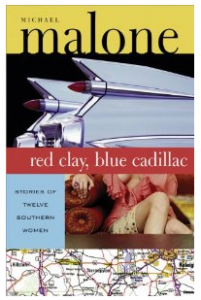
Fast forward to preparation for the February/March group show at the Hillsborough Gallery of Arts this year. It’s All About the Story is a collection of artwork by gallery members inspired by author Michael Malone’s short story collection Red Clay, Blue Cadillac.
Another “aha” moment: I decided to do a still life involving objects from all twelve stories, in puzzle format! It would be totally cool! I am so brilliant!
Several weeks and many studio hours later I came to the conclusion that my half-painted, half-built project was less cool than I’d imagined. Stretched 4” x 4” canvasses are not really 4” x 4”. They are not really even square. Because of the curved edges and the slight difference in sizes, they don’t sit closely together and they don’t slide past each other very well. The small surface area and curved edges made the collage background hard to adhere to the canvas. Creating a frame to enclose the pieces would require a larger backing board than I’d prepared, and the whole thing was not going to hang on the wall as I’d first imagined. Time was running out and I was definitely not feeling brilliant.
After walking around Home Depot, AC Moore and Michaels trying to gather inspiration for another attempt, I discovered some 4” x 4” x ¾” painting panels. They are square and pretty nearly the same size so they sit close to each other, and the flat tops and sharp edges make collaging easy. I decided to go back to the drawing board, literally, and compose a new design for the surface of the puzzle.
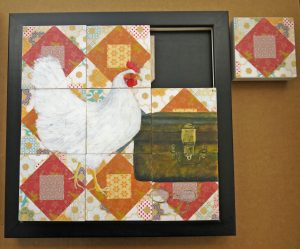
Instead of choosing an element from each story, I decided to choose several elements from one story. The Rising of the South and Flonnie Rogers was the story that spoke to me most vividly. One of the twelve Southern women who are title characters in each of the dozen stories in the book, Flonnie is the only African American. She is the antithesis of the sentimental stereotypical maid raising generations of her employer’s children. Flonnie is neither sweet nor kind. She is a mysterious force to be reckoned with, a puzzle in her own right, which the narrator begins to put together as he matures. I chose four elements from the story that represent aspects of Flonnie or her milieu.
After each element, a quote from the story follows…
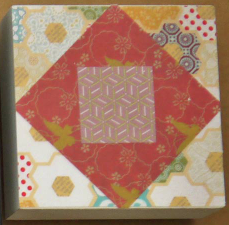
The Quilt: “At the end of the upstairs hall, Flonnie slept in a cubicle she’d curtained off by two quilts hung on a rope. Along that hall there were five empty bedrooms by then, but she wouldn’t take one of them. Those of us children who were frightened by the dark or bothered by the cold in one of those rooms, Flonnie begrudgingly would allow to sleep in the bed with her, if we promised not to fret and wiggle. Those who tossed and turned would be left outside the door for the bogeyman to pick up.”
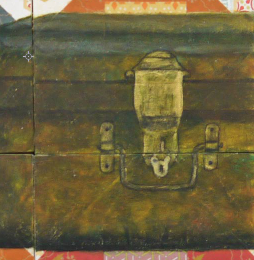
The Tin Trunk: “Beneath her loose-spring bed she kept her tin trunk; it was always locked and full of secrets. She would never tell us what they were, except it might be rattlesnakes and it might be ghosts.”
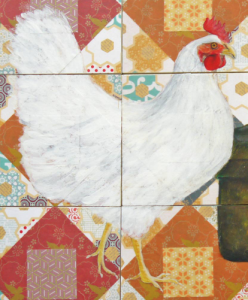
The Chicken: “The neighborhood had once been rich and now was poor and people still did things there that they did not do in the newer parts of Thermopylae anymore. People kept chickens in their backyards and chamber pots under their beds, raised vegetables, rocked in big swings that hung from chains on the front porch…”
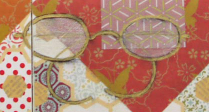
The Glasses: “Flonnie could read while my grandmother could not… But we had no idea how Flonnie had learned to read; she told us it was none of our business. Every night Flonnie would slowly take up the tiny gold-framed glasses that were looped by a piece of twine to the thin plastic belt of her dress. Slowly she’d unfold The Thermopylae Evening Star and begin to read to herself, the paper held in front of her (and my grandmother’s) face.”
At that point my puzzle began to come together. The piece in the upper right corner is removable so that the other eight pieces slide around each other and the board. I think it’s pretty cool!
It’s All About The Story runs through March 24th at the Hillsborough Gallery of Arts. The show concludes with a reading by author Michael Malone from his book Red Clay, Blue Cadillac on Sunday March 24th 2 – 4 pm at the gallery.
Comments (3)
Leave a Reply
You must be logged in to post a comment.


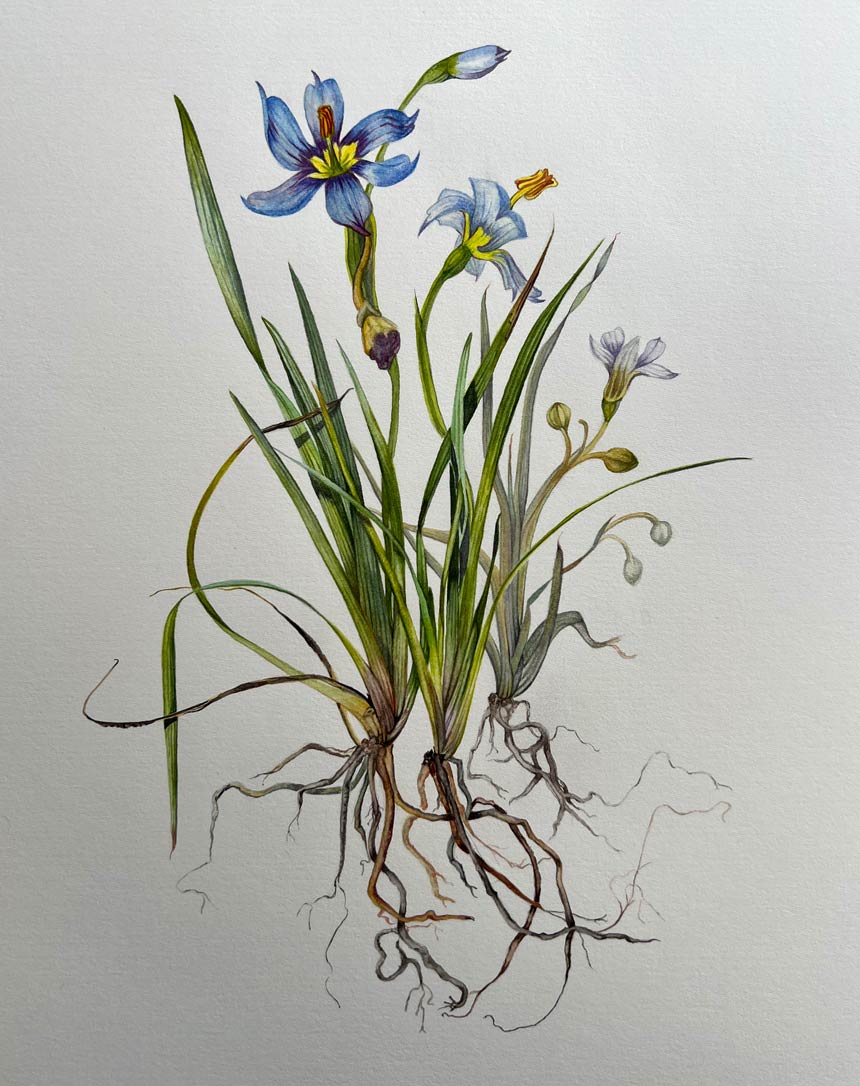
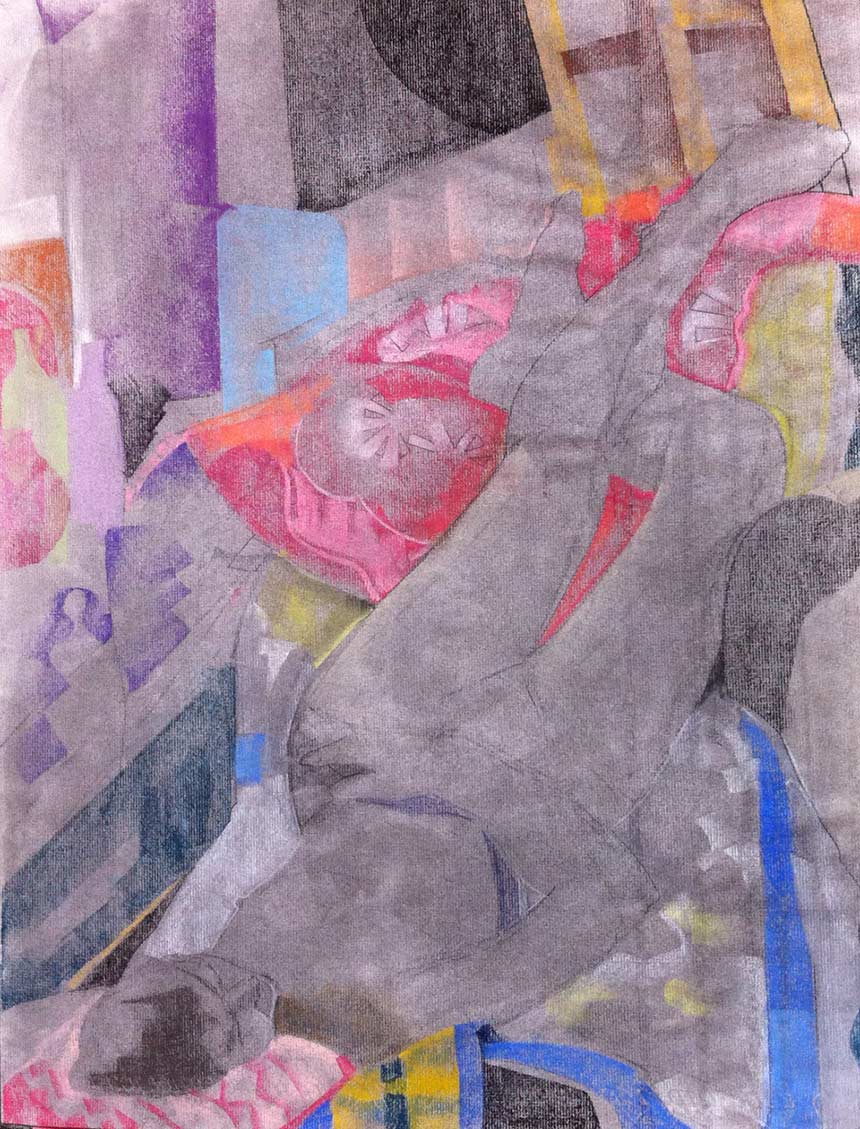
I love this description of your process in creating this very interesting puzzle. It is not only beautiful but fun to look at and think about. Well done, Chris!
Chris – Terrific blog, and what a creative idea! It’s delightful to have a friend who’s so talented.
A beautiful story on the process, the inspiration and the result. You and Michael are both so talented. Fun to read.